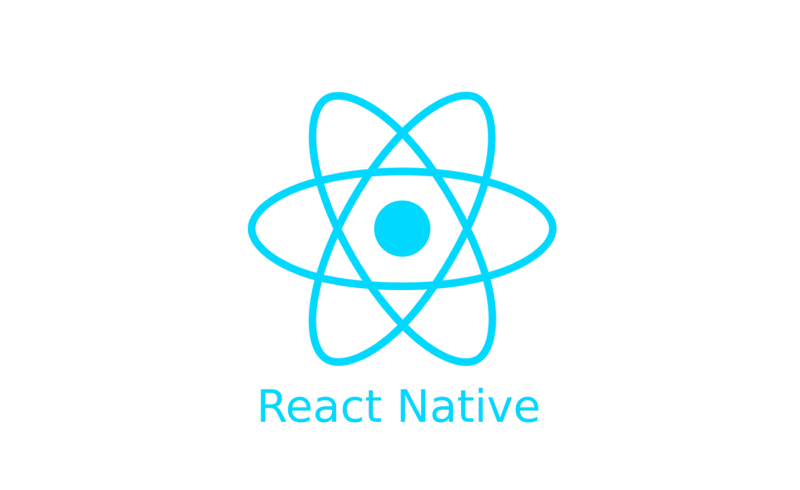Why React Native Continues to Be a Top Choice for Mobile App Development

As mobile applications continue to dominate how users interact with brands, services, and content, businesses are increasingly seeking efficient ways to build high-performing apps across multiple platforms. React Native, developed and maintained by Meta (formerly Facebook), has emerged as one of the most popular frameworks for cross-platform mobile development. Its appeal lies in speed, scalability, cost efficiency, and a vast developer ecosystem—making it a smart choice for companies of all sizes.
What Is React Native?
React Native is an open-source framework that allows developers to create mobile applications for both iOS and Android using a single codebase. Built on JavaScript and React, it bridges the gap between web development and mobile app development, enabling teams to reuse code across platforms while maintaining a near-native user experience.
The framework supports native components and modules, allowing apps to run with smooth animations, consistent performance, and platform-specific features. Thanks to features like hot reloading and modular architecture, developers can iterate quickly, reduce time-to-market, and easily manage future updates.

Key Benefits of React Native
One of the most significant advantages of React Native is its ability to reduce development costs and timelines. Instead of managing two separate codebases for Android and iOS, businesses can deploy one team to handle both platforms. This efficiency not only saves resources but also streamlines maintenance and support over the lifecycle of the app.
React Native also boasts a strong community and ecosystem. With a large number of third-party libraries, active contributors, and ongoing support from Meta, the framework is constantly evolving to keep pace with new mobile technologies and user expectations. Developers can also access a wide range of tools, plugins, and APIs to enhance functionality without rebuilding from scratch.
Performance-wise, React Native has improved significantly since its early days. While not suited for every use case (especially graphics-heavy applications), it delivers excellent performance for most business, service, and e-commerce apps. For many companies, the trade-off between full native performance and development efficiency is more than worthwhile.

A Full-Cycle Development Process
React Native app development typically follows a full-cycle process, beginning with discovery and planning. During this stage, teams define the project scope, user personas, and business goals. This foundational step helps ensure that the app is both technically sound and aligned with real user needs.
The design phase focuses on crafting intuitive, mobile-optimized interfaces. Because React Native supports customizable UI components, developers can create consistent designs across platforms while adapting layouts and behaviors for platform-specific norms.
Development then kicks off, often using tools like Expo or native modules for more advanced features. React Native’s “hot reloading” capability allows developers to see updates in real time, which helps reduce bugs and improve developer productivity.
Testing is woven throughout the process, combining manual and automated methods to ensure performance, security, and functionality across devices and screen sizes. Once the app is ready, deployment involves submitting to both the Apple App Store and Google Play, following each platform’s unique guidelines and approval processes.
Post-launch support is essential in maintaining app health. With React Native, it’s relatively easy to roll out updates, fix bugs, and add new features due to the shared codebase and modular structure.
Why Businesses Choose React Native
The decision to use React Native often comes down to strategic business priorities. For startups and small businesses, the cost savings from reduced development time can be crucial. For larger enterprises, the ability to push updates quickly across platforms without maintaining two separate teams is a major operational advantage.
Additionally, React Native provides a robust solution for apps that don’t require high-end, hardware-intensive functions like 3D rendering or heavy gaming. It’s ideal for service-based apps, social platforms, marketplace applications, internal tools, and customer engagement platforms.
React Native’s architecture also supports long-term scalability. Whether building a minimum viable product (MVP) or a feature-rich enterprise platform, developers can start small and expand as needed without rewriting the entire codebase.

Features That Make React Native Stand Out
Single Codebase: Build for both iOS and Android simultaneously.
Hot Reloading: Make live updates without restarting the app.
Modular Architecture: Separate functions into modules for easier updates and team collaboration.
Rich UI Libraries: Use pre-built components to streamline design and ensure consistency.
Strong Ecosystem: Access thousands of third-party plugins and community tool

Ideal Use Cases for React Native
React Native works well across a broad spectrum of industries. Businesses in healthcare, finance, retail, tourism, education, and logistics have successfully deployed React Native apps for both internal tools and customer-facing platforms.
Some examples of practical use cases include:
Appointment booking apps
Mobile e-commerce platforms
Financial dashboards
Delivery tracking tools
Event scheduling or reservation systems
Because it is flexible and relatively quick to deploy, React Native is especially well-suited for projects that need to launch fast, iterate frequently, and scale efficiently.
React Native continues to gain traction for good reason—it strikes a powerful balance between development efficiency and performance. With its ability to support cross-platform development, reduce overhead, and adapt to changing needs, it remains one of the most compelling frameworks for building mobile apps today.
For companies looking to develop scalable, user-friendly mobile applications without duplicating time and cost across platforms, React Native remains a smart and future-ready choice.